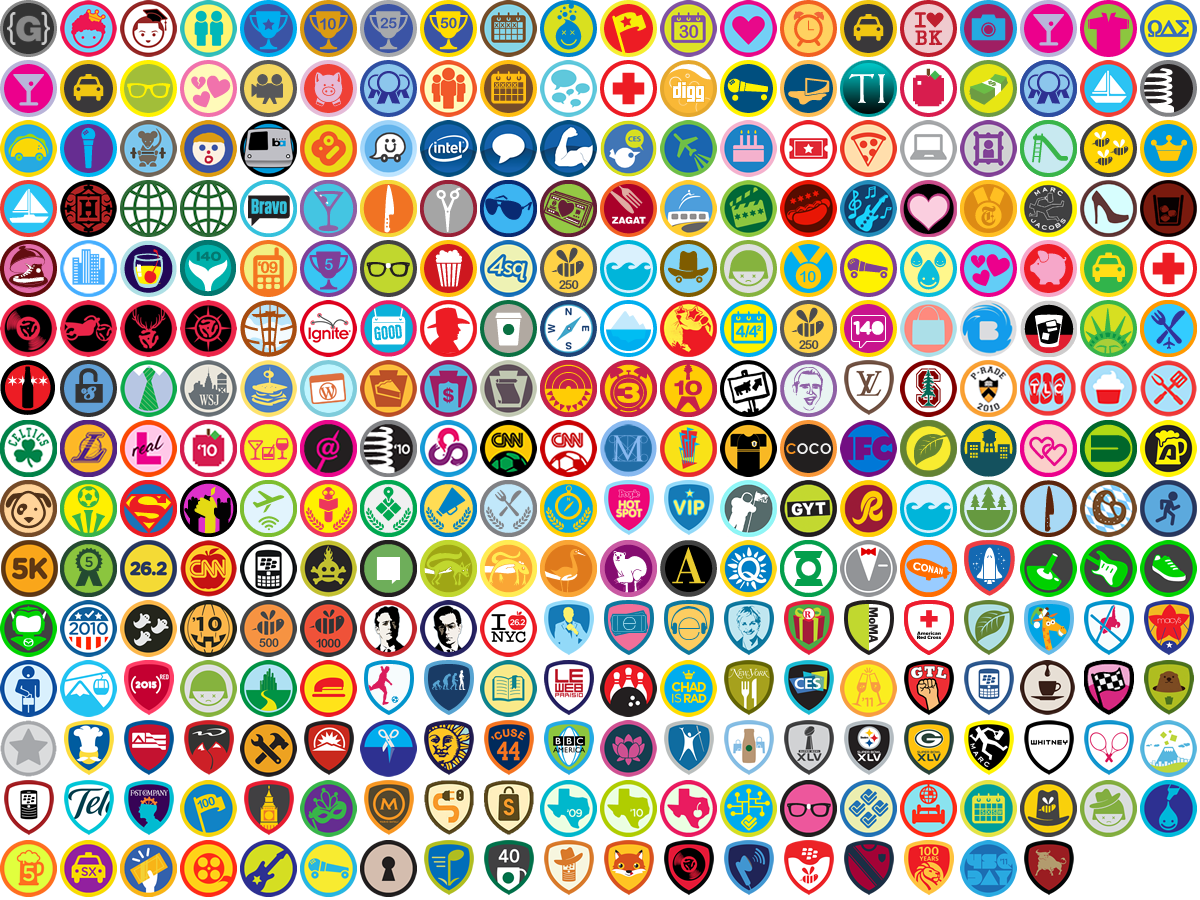Is Gamification Dead?

Four years ago Gamification was all the rage. Books were being published, conferences were being held, VCs and angels would ask you if you shouldn’t add badges, leaderboard and points to your product. It was like the tech world (excluding games) had discovered the holy grail of how to engage and retain users. And then, the fad died. This Google Trend plot of “Badgeville”, a company at the forefront of delivering a “gamification-in-a-box” solution, exemplifies this death well:

Let’s roll back in time
The term gamification might be quite new, but the concept is very old. People have been earning trophies and having leaderboards probably since the original Olympic games in Greece 2,000 years ago. Video games have had points since the days of the Atari (Pong?), and in the 80s and 90s, badges, leaderboards, achievements, levels and many other concepts were in full force in most games.
Gamification vs. Game mechanics
The idea of applying game mechanics into non-gaming activities might not be new, but it really took off in 2011 and it got the label of “Gamification”. It happened in all kinds of places, where you least expected. Leave a comment on my blog, get a point; check-in three times in a restaurant, earn a badge; write 5 blog posts, level up.
Because of an indiscriminate use and a lack of understanding when to use what game mechanic, it quickly crossed from this-is-new phase to I-can’t-believe it phase. The problem was that product managers/developers were given the mandate to improve metric X, and — at the least the bad PMs — thought it would be a great idea to give points to users (or badges or levels or rewards or whatever) if people did more of whatever drive X.
We need more people commenting on our site? No problem, let’s create a points currency and people earn 1 point each comment they write. That should take care of improving the comments-per-post rate. Yes, it does. For a very short period of time, for the very much the wrong reason.
Among the many problems was treating game mechanics as add-ons to a product. Instead of thinking of natural ways to build a product in which a game mechanic might make sense, companies started from a built product and then added gamification on top of it. It’s the same feeling you get when a product wasn’t built to be social but the company decided to add a social network on top of it. It feels awkward.
Back to the future
The same way the tech industry learned how to build apps from the ground app that are social, the field of applying game mechanics to non-gaming activities has matured quite a bit. In conjunction with the latest development in Social Behavior and Behavior Economics and the far-and-wide experimentation, some successful but mostly failures, done in the wild we have come to a good place.
There are plenty of companies making plenty of mistakes, and I would single out the education space as an area that’s going through some tough learnings (no pun intended) right now — read my post on ClassDojo. However, there are also apps that are using game mechanics in subtle and powerful ways, like Humble Bundle’s Contributors Leaderboard and EveryMove’s Spread-the-Love feature.
I’m very optimistic and looking forward to the application of game mechanics as an engagement and motivational component for many fields, including health, education, productivity, charity, research, finance, etc.